Military
This High-Tech Stealth Bomber Will Be the Newest Addition to the US Air Force

Published:

24/7 Wall St. Insights:
The U.S. Air Force is gearing up to introduce its newest and most advanced weapon yet, the B-21 Raider. This is a next-generation stealth bomber that many think will redefine modern air warfare. However, the B-21 is not expected to officially enter service for some time, then again, it’s hard to trust the given timeline on these top-secret projects. (These are the oldest and most cutting-edge stealth aircraft flown today.)
The B-21 is expected to replace or augment the B-2 Spirit as one of the legs of the U.S. Nuclear Triad. Separate from submarines with nuclear ordnance like the Ohio-class or land-based intercontinental ballistic missiles (ICBMs), the aerial aspect of the nuclear triad allows for more flexibility. These stealth bombers can adjust for targets mid-flight or even just deploy to act as a deterrent without escalating to a launch. While it is interesting that B-21s can be used in that nuclear aspect, most of their missions will not be involved in dropping nukes.
Additionally, the B-21 is being built with future upgrades in mind. As technology continues to march forward, the bomber is expected to be able to integrate new systems, ensuring it remains at the bleeding-edge of military aviation for years to come.
Outside of the B-21 Raider, the U.S. Air Force has integrated a handful of new aircraft recently. 24/7 Wall St. is taking a closer look at the newest additions to the fleet. (Nearly 900 of this stealth fighter jet take to the skies worldwide.)
To identify the newest aircraft by the U.S. Air Force, 24/7 Wall St. reviewed data from the 2024 World Air Forces report from FlightGlobal, an aviation and aerospace industry website, and ranked the aircraft chronologically. Additionally, we’ve included supplemental information on the type of aircraft, how many are in active service, top speed and armament.
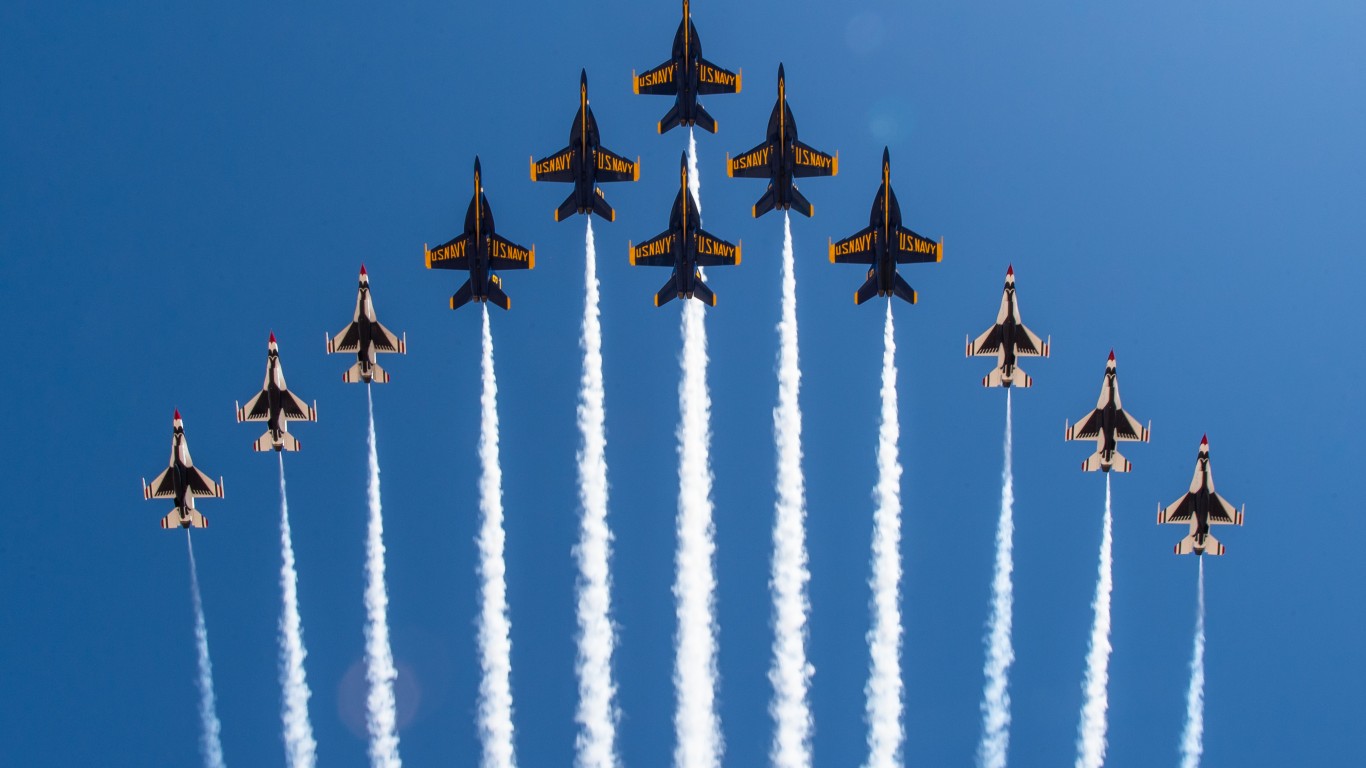
Understanding the aircraft in the US Air Force is important because these aircraft play a pivotal role in maintaining national security and global stability. Each aircraft is designed for specific missions, from air superiority to strategic bombing and reconnaissance, which are essential for defending the country and projecting power abroad. Also knowing which aircraft are in service give context to military capabilities and a better understanding of national defense.

The B-52H Stratofortress was introduced in 1955 and is a long-range strategic heavy bomber capable of speeds up to 595 mph. Despite its age, the B-52 is expected to remain in service past the 2020s, making it one of the longest-serving aircraft in the U.S. Air Force.
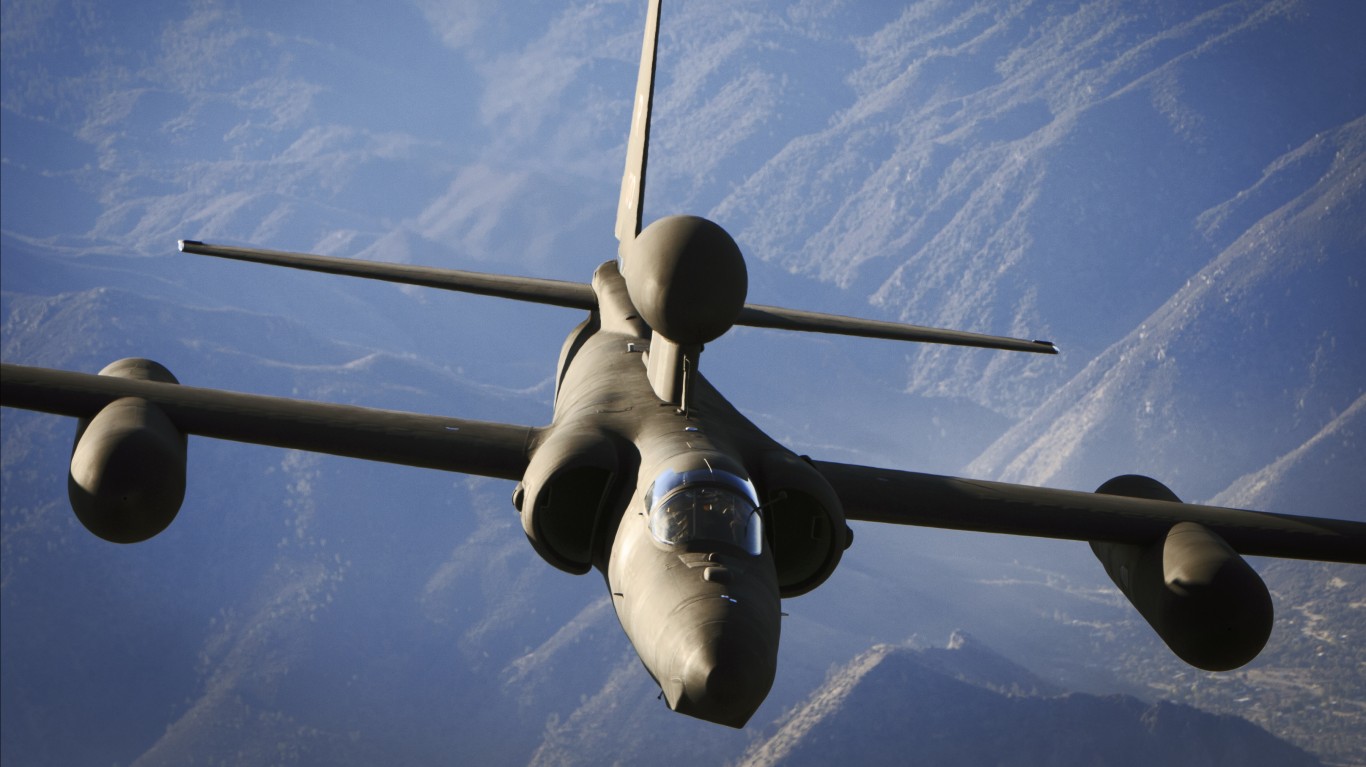
The U-2 Dragon Lady, introduced in 1955, is a high-altitude surveillance aircraft capable of reaching speeds of 475 mph. Known for flying at extreme altitudes, it has been a key asset in intelligence gathering, even being famously involved in Cold War spy missions.
There are over 370 KC-135 Stratotankers currently in service that provide in-flight refueling support to the U.S. Air Force’s hundreds of jets. This tanker has been in service longer than practically any other aircraft in service now.
The HC-130J Combat King II, introduced in 1959, is specially designed for search and rescue operations. These are often deployed to refuel helicopters during long-range rescue missions.
The Boeing RC-135, introduced in 1962, is a multi-mission reconnaissance aircraft with a top speed of 581 mph, and 22 are currently active. It has played a crucial role in intelligence gathering for decades, especially during major conflicts like the Cold War.
The DHC-6 Twin Otter is known for its versatility and can take off and land on short and rough airstrips, making it ideal for remote operations.
Outside of the military, the PA-31 Navajo’s has gained popularity among civilians as a racing plane.
The UH-1N Twin Huey has been used in everything from troop transport to medical evacuations, and still remains a staple in many military operations today.
Originally designed for civilian use, the Learjet 35 has been adopted for military roles, namely medical evacuations and VIP transport.
The E-4 is nicknamed the “Doomsday Plane”, as it is designed to provide command and control in the event of a nuclear conflict or national emergency.
The C-12 Huron is typically used for transporting personnel, light cargo, and performing medical evacuation missions.

Unlike most other aircraft on this list, the EC-130J Commando Solo III specializes in psychological operations, broadcasting radio and television signals to influence enemy forces or even support humanitarian missions during conflicts.
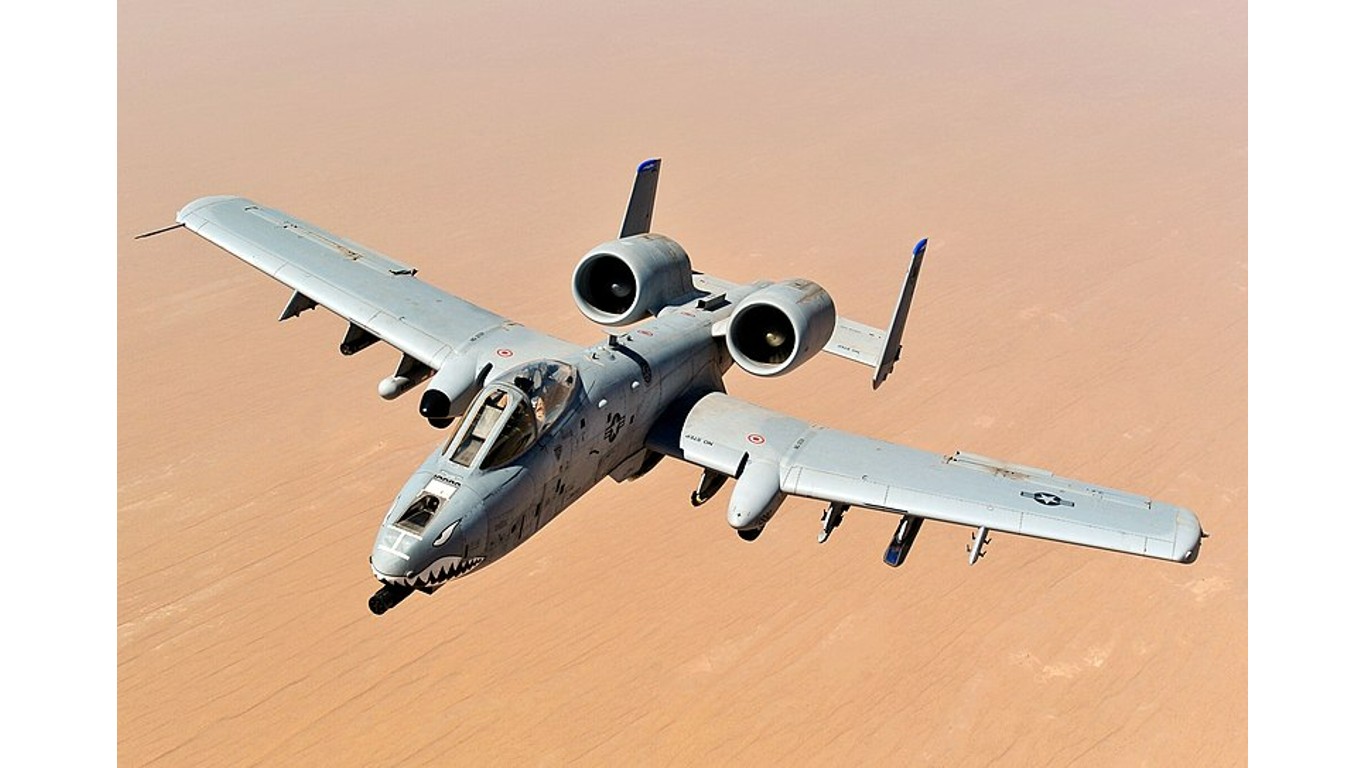
The A-10C Thunderbolt II earned the nickname “Warthog” for its rugged design and effectiveness in supporting troops in combat.
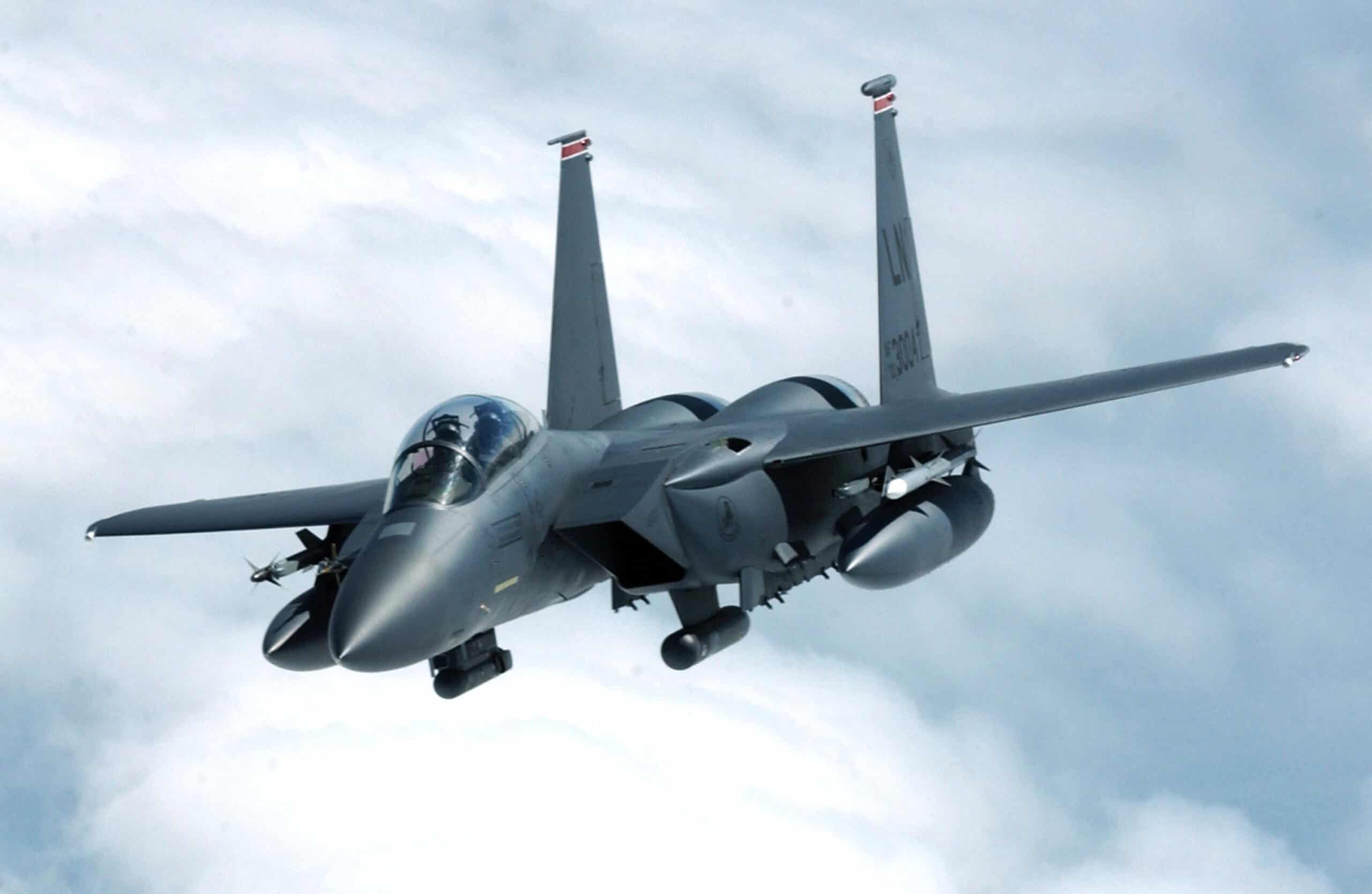
The F-15 has never been shot down in air-to-air combat, which has solidified its reputation as one of the most dominant fighters in history.

Sometimes called “the eyes in the sky”, the E-3 comes standard with a distinctive rotating radar dome that it provides real-time data to coordinate air operations.
The F-16 has been a key player in world air forces for decades, making it one of the most widely used fighter jets in modern military history.
The Black Hawk is the most widely used helicopter by the U.S. military across all of its branches, playing a number of roles from combat to medical evacuations.

The KC-10 Extender was introduced in the early 1980s. It is a tanker and cargo aircraft with a top speed of 600 mph, capable of refueling multiple aircraft in a single mission.

Although the Mi-171 Hip-H is a Soviet-made helicopter, the U.S. Air Force happens to have one in its arsenal.

The C-20 Gulfstream IV is commonly used for high-level government officials and military leaders as a VIP transport.
The Caravan is normally used for light transport missions and is capable of operating from short or unprepared airstrips in remote areas.

The Dash 8 has gained popularity over the years among civilians and the military for transporting personnel and cargo.
Out of all the bomber type aircraft in the U.S. Air Force, the B-1B Lancer ranks as one of the fastest with a top speed over 800 mph.
Although it has a relatively low top speed, the CN-235 makes up for this with its versatility and ability to operate on short rough airstrips.

As it stands now, there are currently no AT-802s in service at the moment, but the U.S. Air Force is loading up on them soon.
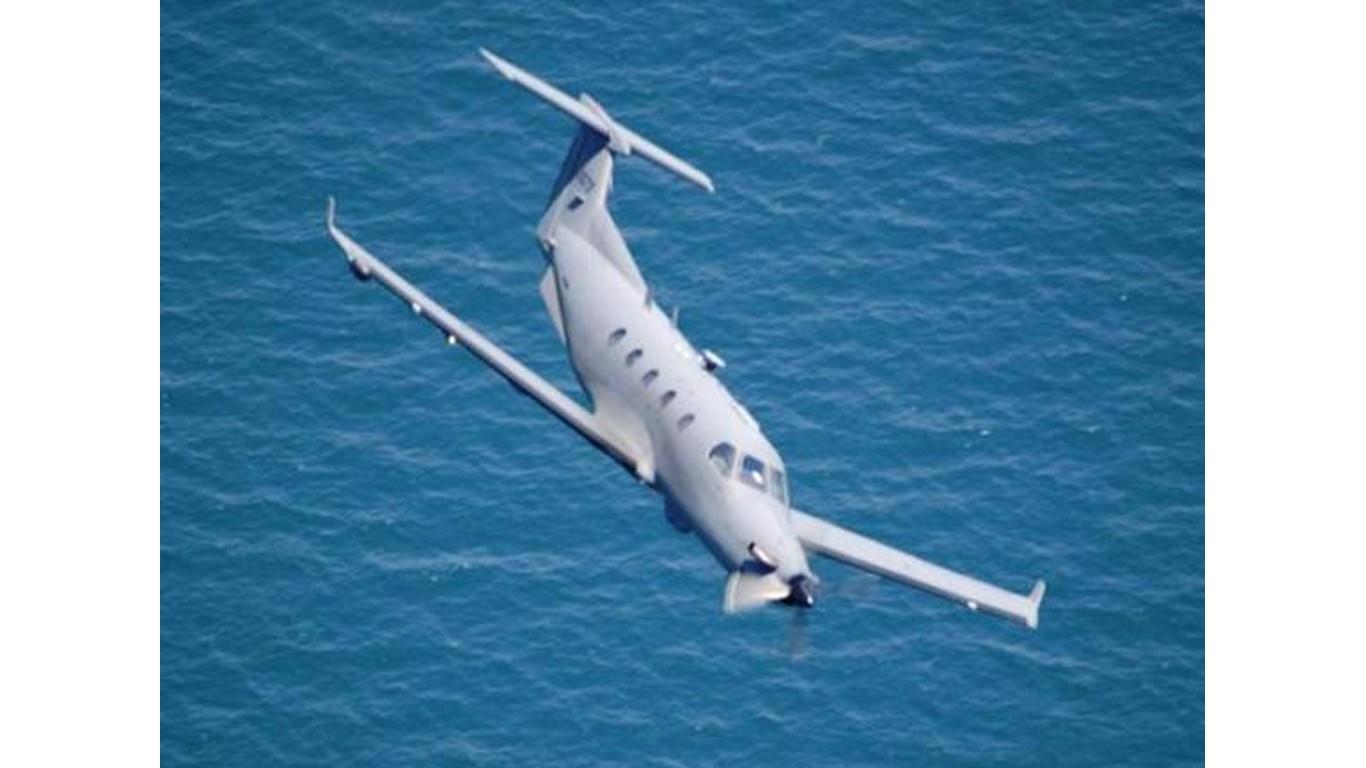
The U-28A Draco is widely used by U.S. special operations forces for intelligence, surveillance, and reconnaissance missions.
The C-17 Globemaster III typically plays important roles in rapid strategic deployment and humanitarian missions around the world.
The C-5M Galaxy is the largest aircraft in the U.S. Air Force, capable of transporting oversized cargo such as tanks, helicopters, and even other aircraft.
The E-8 Joint STARS provides real-time ground surveillance, targeting, and battlefield management. It is an incredibly important asset for coordinating large-scale military operations.

The Boeing C-32 is usually used to transport high-ranking government officials, including the Vice President of the United States.
The B-2 Spirit is expected to be replaced by the incoming B-21 Raider over the next decade or so.
The Bombardier Express E-11 was introduced in the late 1990s. It is a special missions platform that plays a role in providing battlefield communications between air and ground forces.
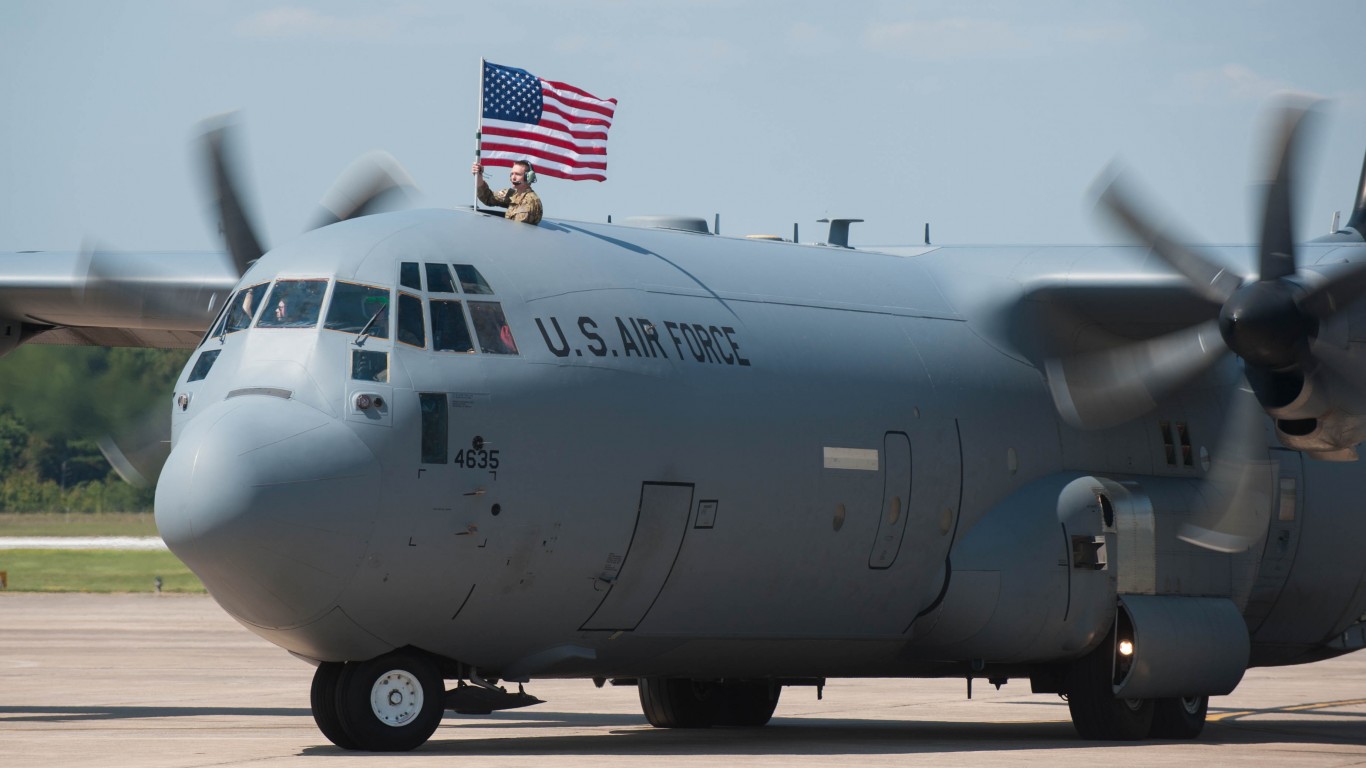
The C-130J is the workhorse of the U.S. Air Force with over 300 currently in service. These behemoths act as the logistical backbone of the fleet.
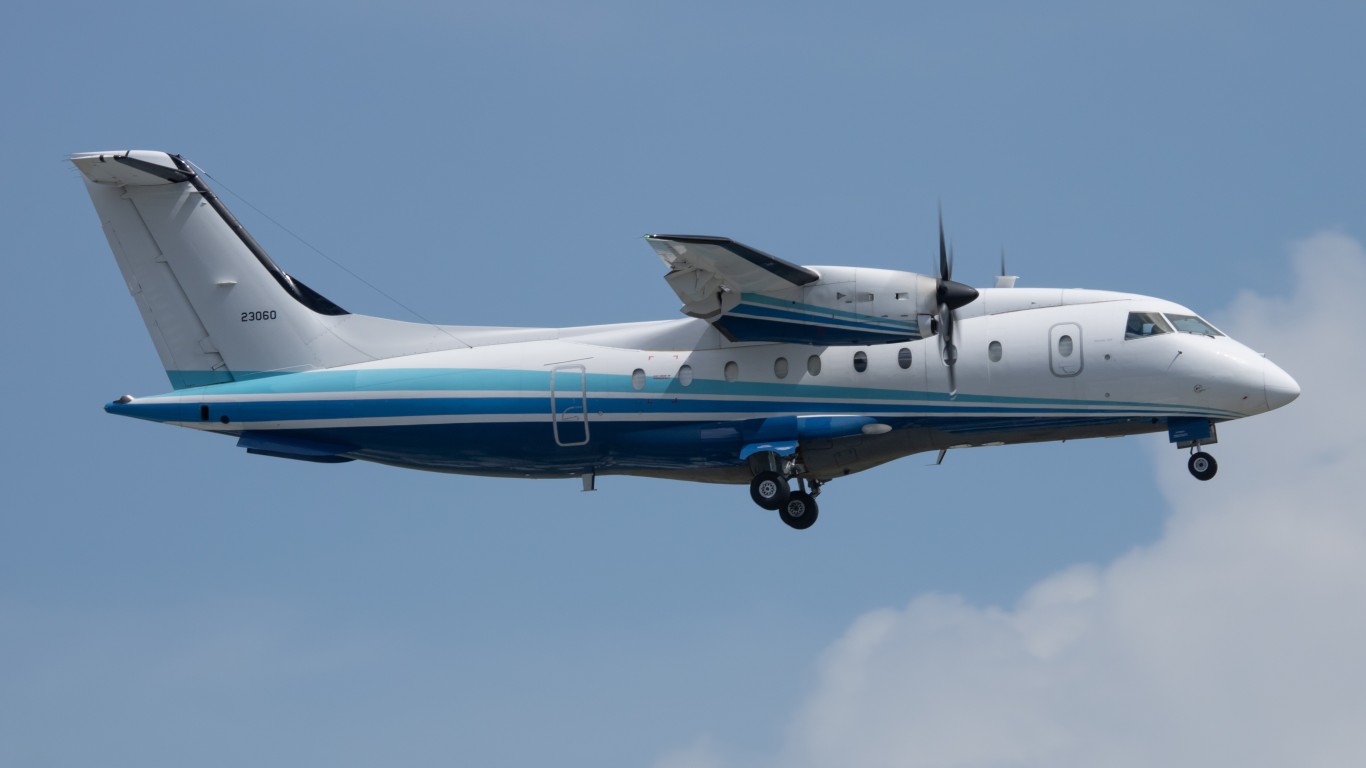
Despite its low top speed, the C-146 Wolfhound is often used by U.S. Special Operations Command for transporting small teams and cargo.
The C295, introduced in 2001, is a tactical transport aircraft with a top speed of 358 mph, and 3 are currently in active service.
The Leonardo AW139 is frequently used in search and rescue missions, medical evacuations, and troop transport in both military and civilian roles.
The Gulfstream G550 is often used for VIP transport and special mission roles, combining speed and luxury with advanced avionics.
The F-22 Raptor is considered one of the most lethal fighter jets in the world. It was only introduced in 2005, but it ranks as one of the fastest among the fifth-generation fighter jets with a top speed of 1,599 mph

The Osprey’s unique design allows it to take off like a helicopter and fly like a plane, making it ideal for special operations missions. The Marine Corps heavily utilizes this aircraft.

The AC-130’s heavy armament make it ideal for close air support and ground attack missions, especially those in support of special operations forces.
These are specifically designed for infiltration, exfiltration, and resupply missions in hostile or denied territory, typically supporting U.S. Special Operations Command missions.
The F-35 is one of the most widely sought after aircraft on the world stage. NATO nations are ordering hundreds of this aircraft to bolster their forces with one of the newest and most advanced stealth fighter jets.
The AC-130J Ghostrider is considered one of the most heavily armed gunships in the U.S. Air Force. Much like its brother, the AC-130W Stinger II, it is designed to provide overwhelming firepower during ground operations.
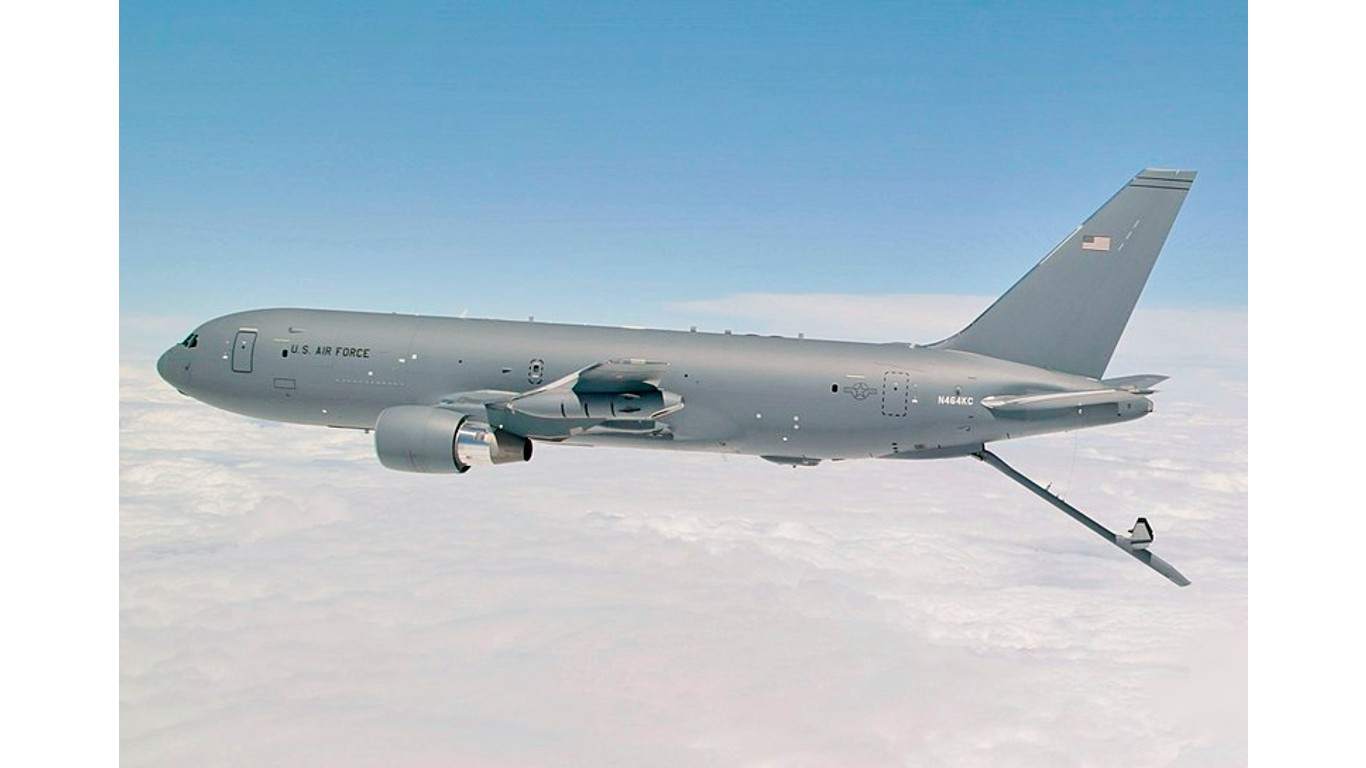
As one of the newest aircraft to enter the U.S. Air Force, the KC-46 Pegasus represents the latest in air refueling technology, It is capable of refueling a number of aircraft while also performing cargo and medical evacuation missions.
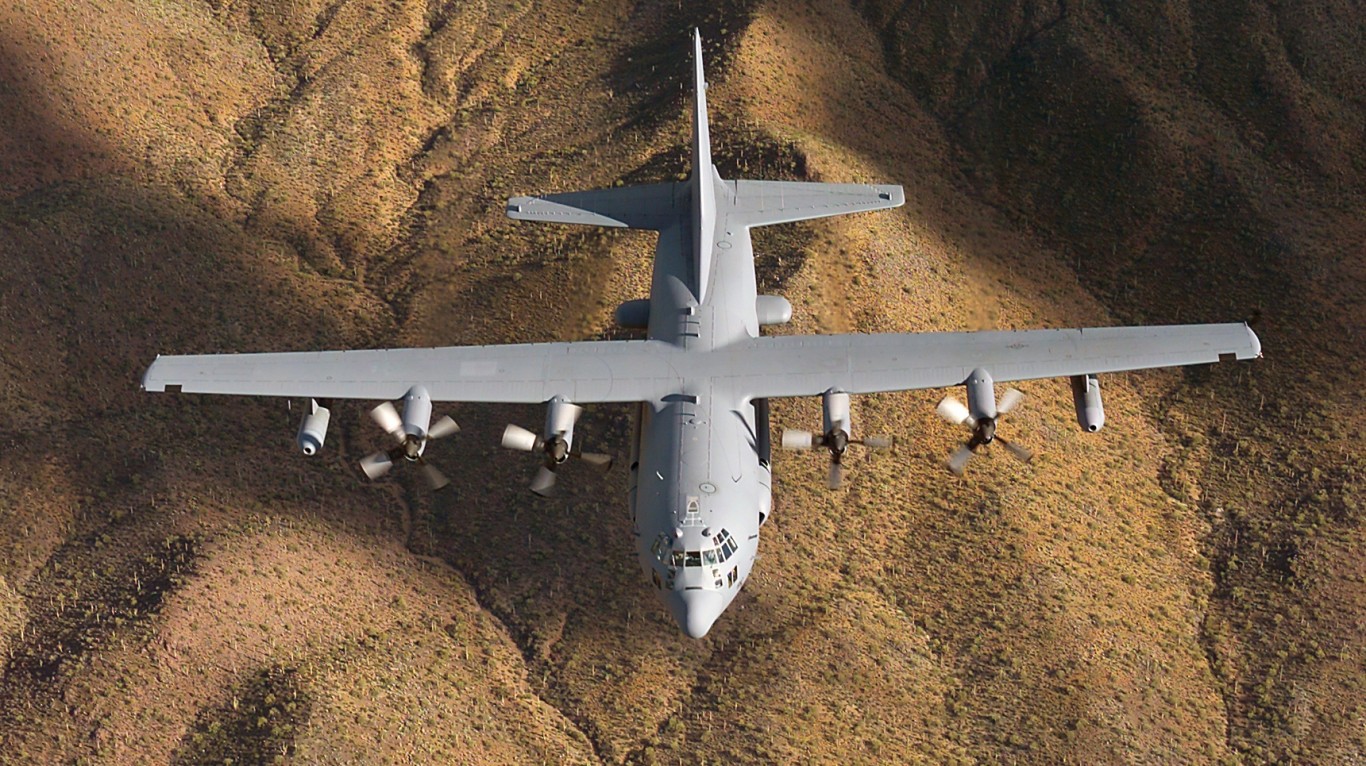
The Compass Call is designed to disrupt enemy communications and radar systems, making it an important asset in modern electronic warfare operations.

Designed to be the future of U.S. air dominance, the B-21 Raider will feature advanced stealth technology to evade detection while delivering both conventional and nuclear payloads.
Start by taking a quick retirement quiz from SmartAsset that will match you with up to 3 financial advisors that serve your area and beyond in 5 minutes, or less.
Each advisor has been vetted by SmartAsset and is held to a fiduciary standard to act in your best interests.
Here’s how it works:
1. Answer SmartAsset advisor match quiz
2. Review your pre-screened matches at your leisure. Check out the advisors’ profiles.
3. Speak with advisors at no cost to you. Have an introductory call on the phone or introduction in person and choose whom to work with in the future
Thank you for reading! Have some feedback for us?
Contact the 24/7 Wall St. editorial team.